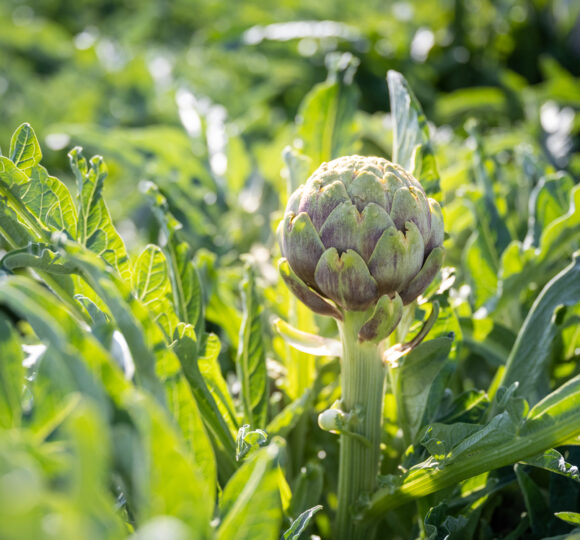American Farmland Trust (AFT) partnered with Regrow and the USDA Agricultural Research Service to model how several cropping systems (listed below) would fare over 50 years (2022-2072) under likely future climate conditions. We wondered which management decisions today could help producers in these systems achieve the best financial and environmental resilience outcomes under future climate conditions. We ran the DeNitrification and DeComposition (DNDC) model with and without soil health practices (such as no-till, cover crops, and adapted nitrogen management) to understand how these practices impact crop yields, soil carbon sequestration potential, water quality (nitrate leaching and sediment loading), and water quantity (not all model outputs available in all reports). We also used satellite imagery and the Operational Tillage Information System (OpTIS) to assess soil health practice implementation across Illinois and New York croplands. In general, we found the row crop systems with cover crops and no-till, compared to systems without cover crops and no-till, had greater crop yields, less nitrate leaching and sediment losses, and greater soil organic carbon storage. In Illinois and New York cover crop acreage is increasing by about 0.5 – 1.0% per year, but no-till acreage is declining by about 0.8-1.4% per year.
The systems are:
- Illinois corn and soybeans (modeling and satellite image analysis)
- New York dairy forage crops (modeling and satellite image analysis)
- California almonds (modeling only)
- California wine grapes (modeling only)
We are grateful to the producers, crop advisors, extension specialists, and AFT crop specialists who reviewed these reports.
Also see the technical note below that provides a deeper explanation of our methods than what is provided in the individual reports.





